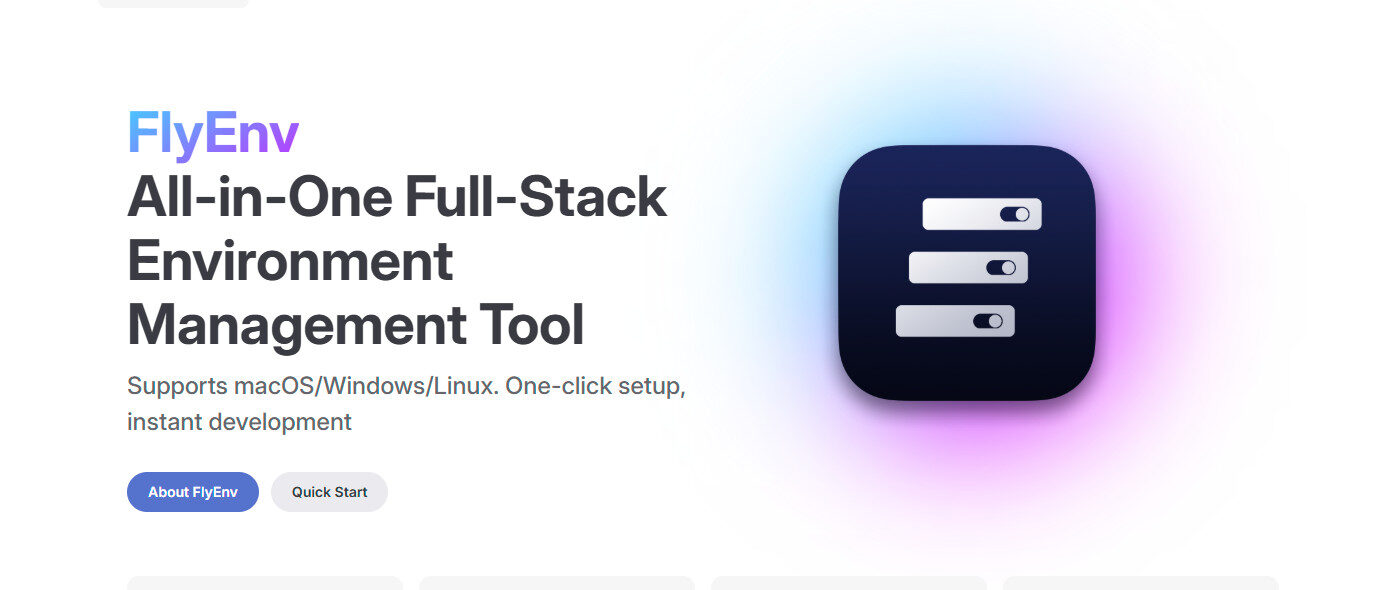In today’s tech-driven world, the allure of Artificial Intelligence is undeniable. From automating mundane tasks to powering groundbreaking research, AI promises a future of unparalleled efficiency. But when it comes to something as complex and nuanced as building a full-fledged application, relying solely on AI can quickly turn from a dream into a digital nightmare.
While AI is an incredible tool to augment human development, the notion of handing over the reins entirely to an AI for app creation is, at best, unreliable. Let’s delve into why.
The Elephant in the Room: AI Hallucinations
One of the most perplexing and problematic aspects of current AI models, especially large language models, is the phenomenon of AI hallucinations. This isn’t about AI seeing ghosts; it’s about the AI generating information that is entirely plausible-sounding but factually incorrect or completely nonsensical in context.
Imagine an AI tasked with generating code for a critical payment gateway. A hallucination could lead it to:
- Invent non-existent libraries or functions.
- Misinterpret API documentation, leading to incorrect calls.
- Generate security vulnerabilities disguised as standard practices.
- Create logic that appears sound but has subtle, catastrophic flaws.
These aren’t just minor bugs; they’re fundamental errors that can undermine the entire application’s functionality, security, and user experience. Debugging code generated from hallucinations can be far more time-consuming and frustrating than debugging human-written code, as the “logic” behind the hallucination is often opaque and arbitrary.
The Pattern Problem: AI Follows, It Doesn’t Innovate (Yet)
At its core, AI, particularly the machine learning models used for code generation, operates by identifying and replicating patterns from the vast datasets it was trained on. It’s a master mimic, exceptionally good at predicting the next most probable sequence of characters or lines of code based on what it has seen before.
While this pattern-following capability is powerful for generating boilerplate code, suggesting autocompletions, or even translating between languages, it hits a wall when true innovation, nuanced problem-solving, or handling unique edge cases are required.
Consider these limitations:
- Lack of True Understanding: AI doesn’t “understand” the underlying business logic, user needs, or the intricate relationships between different parts of an application in the way a human developer does. It doesn’t grasp the “why” behind the code, only the “what” in terms of patterns.
- Limited Novelty: If your app requires a truly novel solution, a unique algorithm, or an approach that hasn’t been widely represented in its training data, AI will struggle. It will default to what it knows, potentially leading to suboptimal or even incorrect solutions.
- Contextual Blind Spots: AI can miss subtle contextual cues that a human developer would instinctively pick up on. For instance, a seemingly minor requirement in the project brief might drastically alter the architectural design, a nuance an AI might completely overlook.
- Debugging Challenges: When an AI-generated app encounters a bug that stems from a misunderstanding of the problem rather than a simple syntax error, the human developer is left to unravel a knot tied by an entity that doesn’t comprehend its own mistakes.
So, Is AI Useless for App Development? Absolutely Not!
This isn’t to say AI has no place in app development. Far from it! AI is an incredible enhancement tool:
- Code Generation (Boilerplate & Templates): AI can rapidly generate repetitive code, reducing development time.
- Debugging Assistance: AI can help identify potential errors and suggest fixes.
- Code Refactoring: AI can propose ways to optimize and clean up existing code.
- Documentation: AI can assist in generating documentation for code.
- Testing: AI can aid in generating test cases and even automating some testing processes.
The key is to view AI as a powerful co-pilot, not an autonomous driver. Human oversight, critical thinking, and a deep understanding of software engineering principles remain indispensable. Developers need to act as the architects, the quality assurance, and the ultimate decision-makers, leveraging AI for efficiency while mitigating its inherent risks.
The Bottom Line
While the dream of an app that builds itself with a few prompts is seductive, the current reality of AI, with its propensity for hallucinations and reliance on pattern-matching, makes it an unreliable sole architect for application development. For robust, secure, and truly innovative applications, human expertise, creativity, and rigorous oversight remain paramount. Embrace AI as a powerful tool in your development arsenal, but never cede control entirely. Your app, and your users, deserve better.





